Wednesday, 24/04/2024 | 02:33 GMT+7
Realizing that natural resources are limited, Holcim Vietnam Limited since 2003 has aimed at sustainable production development by increasing the use of waste materials as main energies to replace fossil fuels at its Hon Chong cement plant in Kien Giang Province.
Holcim Vietnam has been using rice husks, waste plastics, waste footwear and mud at its cement plant in the Mekong Delta province as one of the measures to control and manage waste.
Holcim Vietnam in 2007 established Geocycle Vietnam, a wholly-owned business unit of Holcim Vietnam Limited as part of the Holcim Group of Switzerland.

As a result, Holcim Vietnam in 2009 used some 60,000 tons of rice husks to replace 14% of its total energy cost at Hon Chong cement plant.
Hon Chong cement plant is located on the coast of Kien Giang Province some 380 kilometers from HCMC. The site occupies 5.6 square kilometers, including three limestone mountains, a clay quarry, a seaport and a river barge port. The plant produces two million tons of cement each year.
Holcim Vietnam’s waste treatment facility has an annual capacity of 50,000 tons. The facility collects harmful waste from 150 companies in different industries nationwide. This waste is burnt at its kiln and used for energy for its cement production.
Holcim Vietnam aims at raising the facility’s annual capacity to 100,000 tons to create 40% of the energy required for its cement plant.
According to Holcim Vietnam, the company each year pays some US$10 million for energy to run its cement plant. The company aims at using 500,000 tons of rice husks per year to further reduce its energy cost.
At the core of Holcim’s business strategy is its plan to balance between economic development for its shareholders and protecting the environment.
The launch of Geocycle in 2007 was a practical step towards Holcim’s development goals, playing an important role in destructing waste materials safely as well as providing proper waste management solutions to a diverse range of industries in Vietnam, from footwear and consumer products to pharmaceuticals and chemicals.
Holcim Vietnam in 2008 established a sustainable development department to execute concrete projects focusing on the preservation of the environment and effectively improving the livelihood of members of its workforce, their families and the communities around the company’s operational sites.
In addition to its continuous actions in favor of “greener” production, Holcim Vietnam is partnering with international organizations such as the International Union for Conservation of Nature and the International Crane Foundation to conserve a robust ecosystem around its Hon Chong cement plant and to promote the best practices across the cement industry and related sectors in Vietnam.
By Van Nam
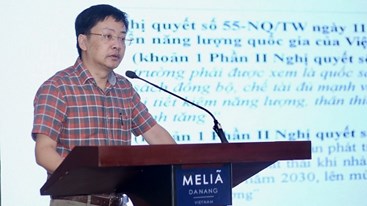
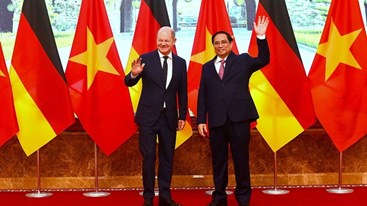
.png?w=367&h=206&mode=crop)
.jpg?w=367&h=206&mode=crop)
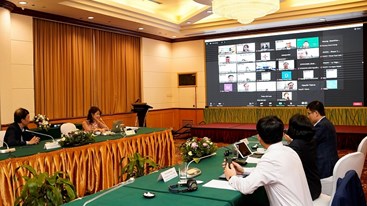
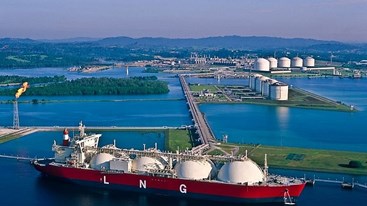
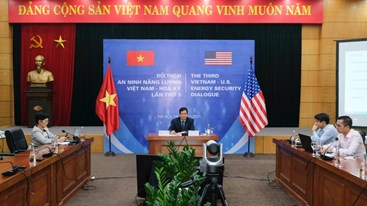
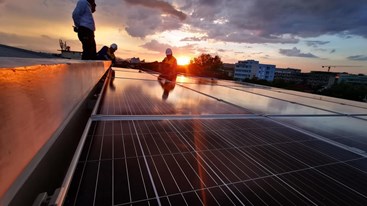
.jpg?w=367&h=206&mode=crop) Energy efficiency and conservation usage is an important aspect of the national energy development strategy
05/03/2024
Energy efficiency and conservation usage is an important aspect of the national energy development strategy
05/03/2024
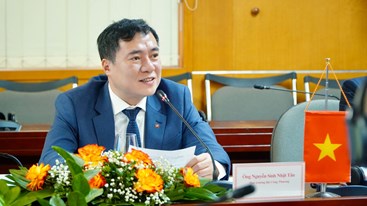 Vietnam - Denmark promote cooperation in the energy sector
Vietnam - Denmark promote cooperation in the energy sector
 Challenges and Opportunities to promote energy efficiency market in Vietnam
Challenges and Opportunities to promote energy efficiency market in Vietnam
 The Ministry of Industry and Trade requests government agencies to coordinate in organizing Earth Hour 2024
The Ministry of Industry and Trade requests government agencies to coordinate in organizing Earth Hour 2024
 Consultation on Energy Efficiency Boiler Catalogue and Wood Drying Guideline
Consultation on Energy Efficiency Boiler Catalogue and Wood Drying Guideline
 Son Ha Co., Ltd, applies energy efficiency and conservation measures
Son Ha Co., Ltd, applies energy efficiency and conservation measures
 Phuc Kien Co., Ltd., is effectively implementing energy-saving measures
Phuc Kien Co., Ltd., is effectively implementing energy-saving measures
.png?w=367&h=206&mode=crop) Request for expression of interest - C2.1.13: Capacity Building on energy efficiency policies development
Request for expression of interest - C2.1.13: Capacity Building on energy efficiency policies development